Workshop recap: Can I learn to can? I can. I can can.
I’ve been really interested in learning how to can for a few years now, which is why it’s on this year’s Food List 2011. Canning is definitely a trend amongst foodies, but for good reason. Yes, it’s retro. Yes, it’s back-to-the-farm, which is both trendy and justifiably important in its own right. But canning is also a great way to preserve large batches of food and to extend the season for fresh, local produce. It’s also particularly handy for making and giving food-based gifts, which has a variety of benefits and implications (including: meaningful hand-crafted gifts, more awesome food for everyone).
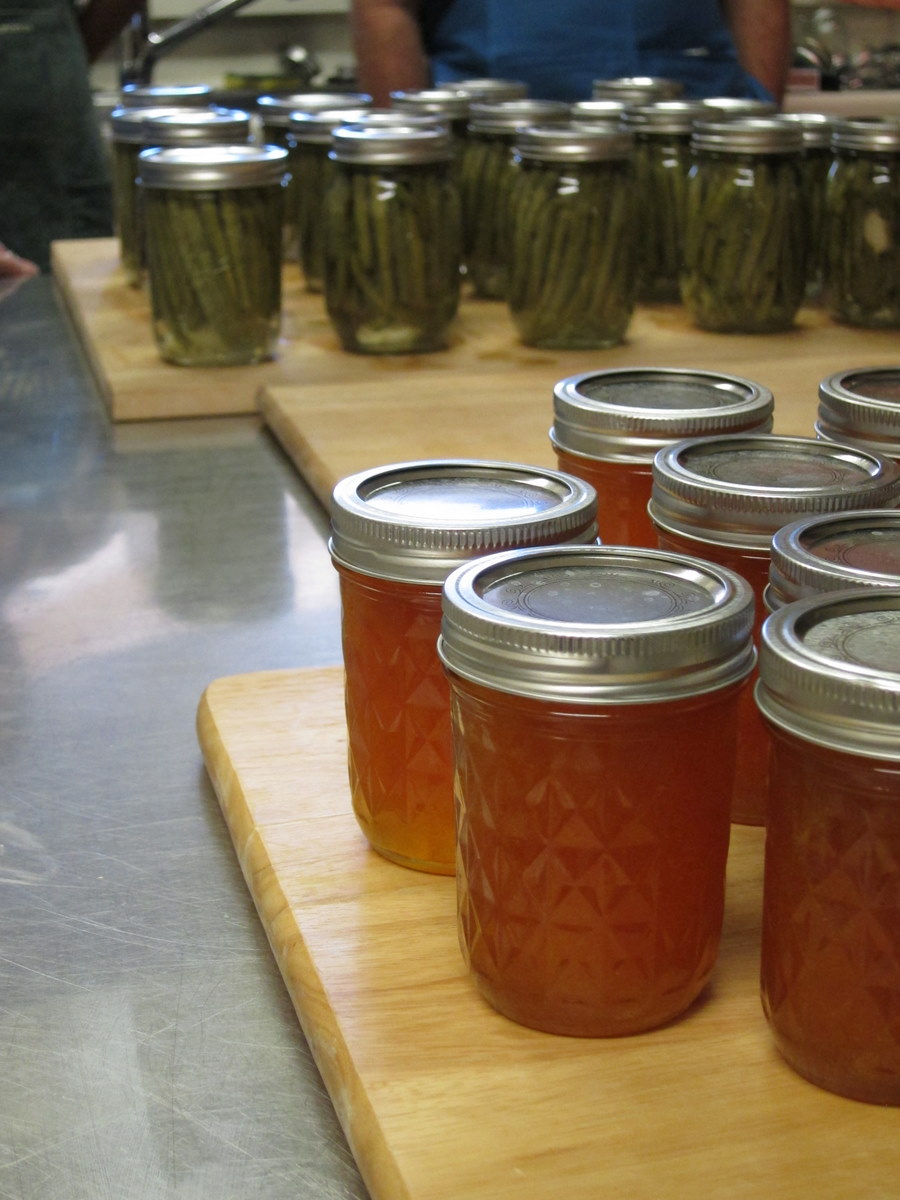
I’m interested in canning for all of these reasons, but also because it fosters a connection between me and the food I eat and serve to others. I know next to nothing about the jam in the jar that I could buy in the grocery store, but the jam I make and can at home (you know, when I start doing that) has a story behind every bite and behind every part of the process. When I wrote about Germany and Austria and the way food is integrated into their communities a few weeks ago, this is the sort of thing I was talking about. Canning and many other methods of food preservation are a skill-based, inter-generational practice, steeped in tradition and rooted in a common sense-based ethos of waste reduction, preservation of resources, and social and economic development. In short: more awesome food for everyone; more awesome skills for everyone; healthier environment; stronger communities with increased economic and social capacity.
I think I just implied that canning will save all the world’s major problems. Well, it might. But let’s move on.
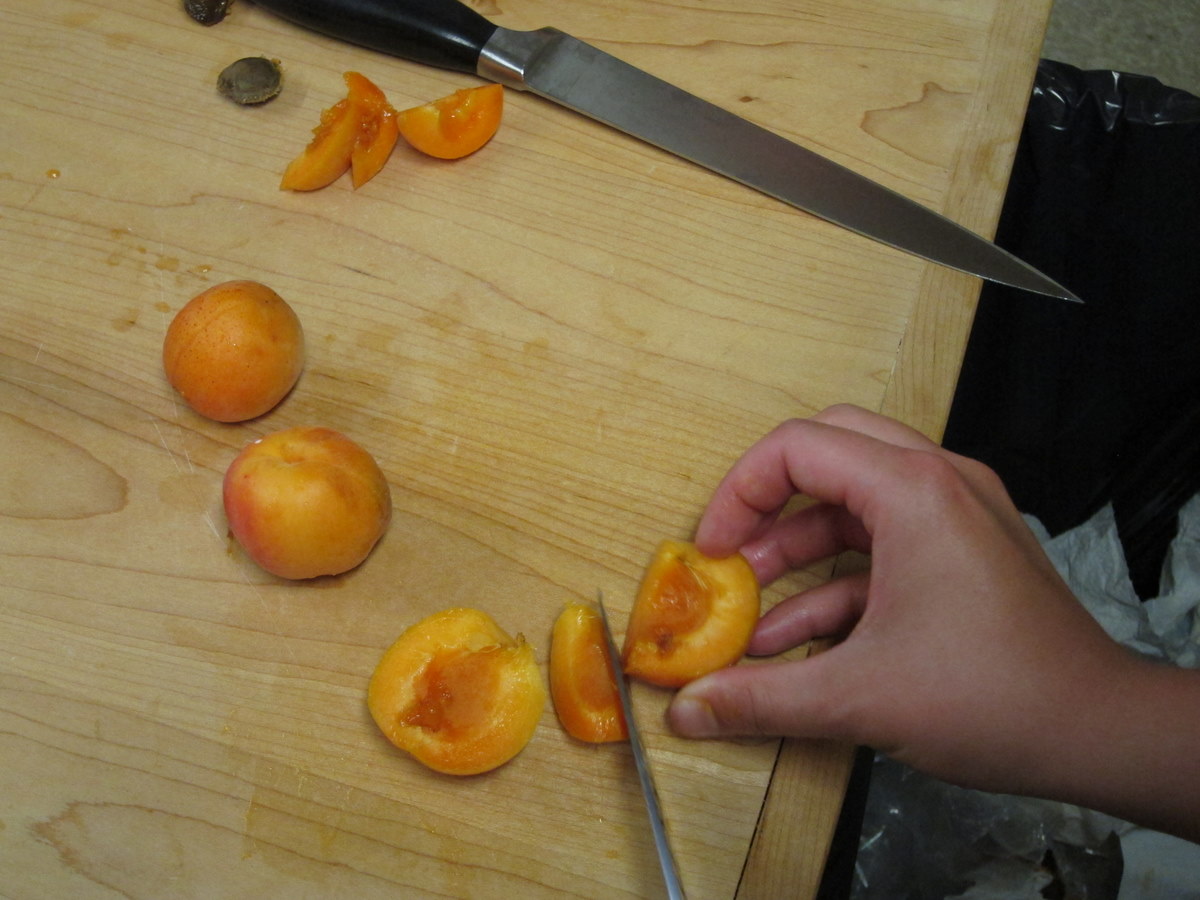

When our local Food Not Lawns chapter announced a free canning workshop last weekend, I immediately signed up. Saturday morning, Brett and I and 13 others spent three hours learning from two Master Food Preservers, two people who have been trained and certified in a variety of food preserving techniques and who now give workshops and classes about safe canning. The workshop covered canning basics and a variety of details about safe food preservation, and the group successfully made and canned two items – apricot jam and spicy dill pickled green beans – that we were able to take home with us for future consumption (as much as I wanted to eat them the moment we got home with them, I suppose that kind of defeats the point of canning them in the first place).
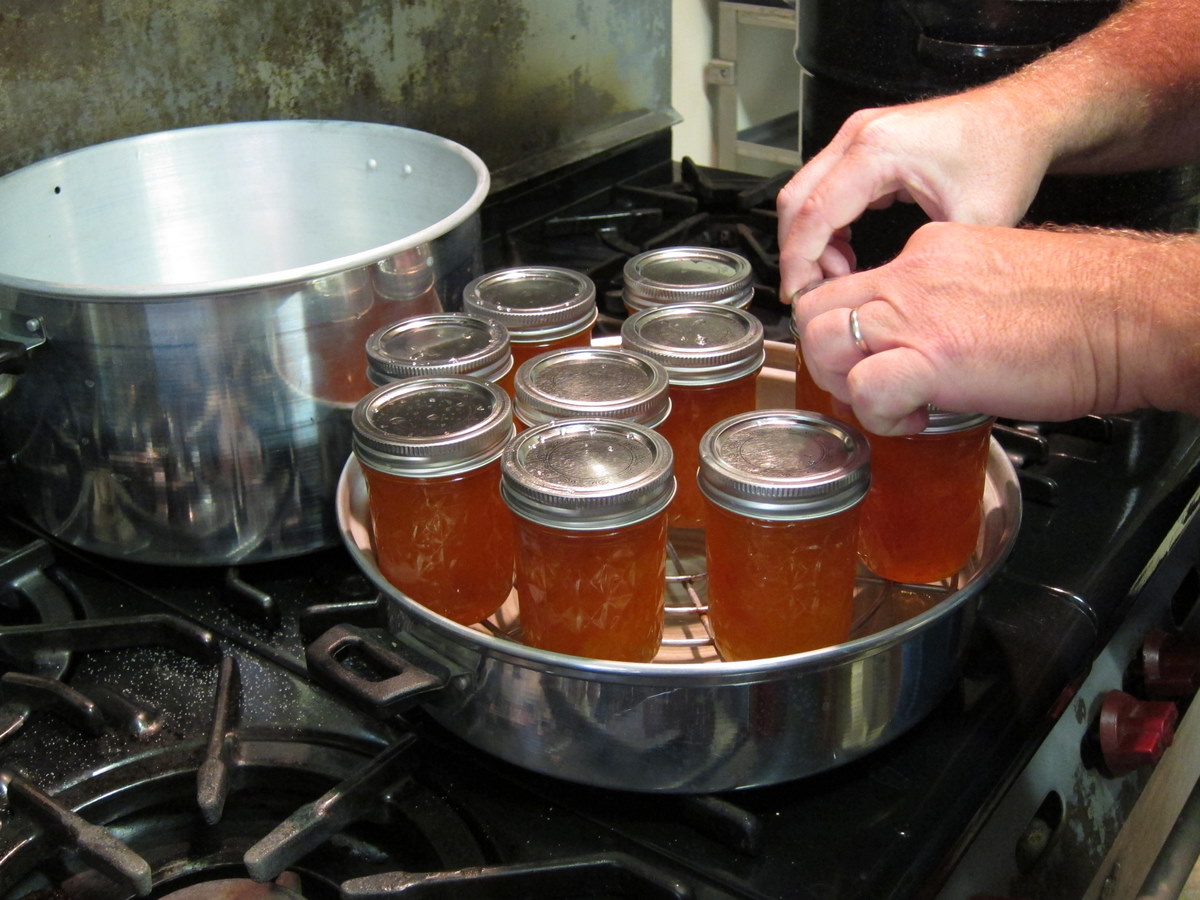
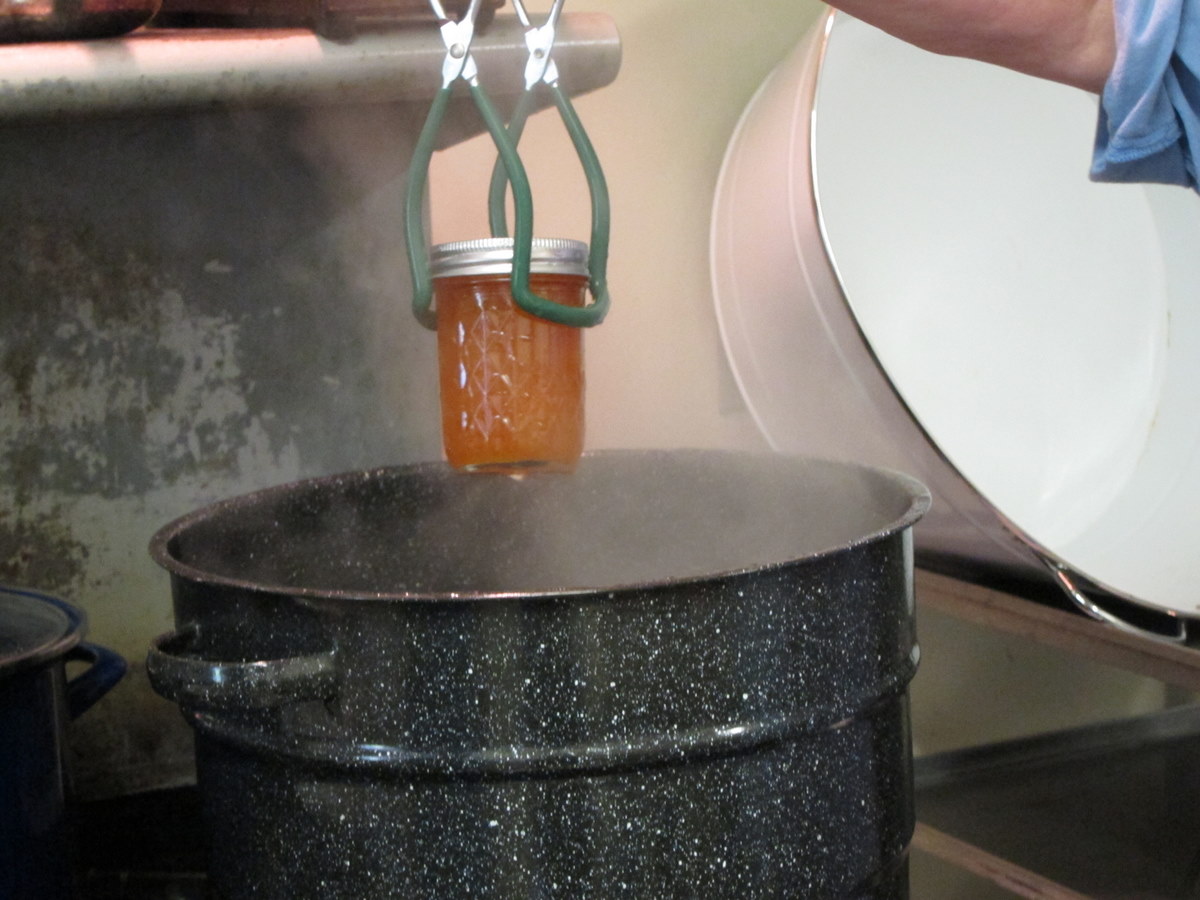
I’m not going to go through the specifics of the process here because we learned how important it is to get your instructions from a reliable source – canning, after all, can be a particularly dangerous endeavor if not done correctly. People die from incorrectly canned food every year, since particularly scary bacteria can grow in jars that are not sealed well. The good news is that, when done correctly and with a recipe from a reliable source, canning is perfectly safe.
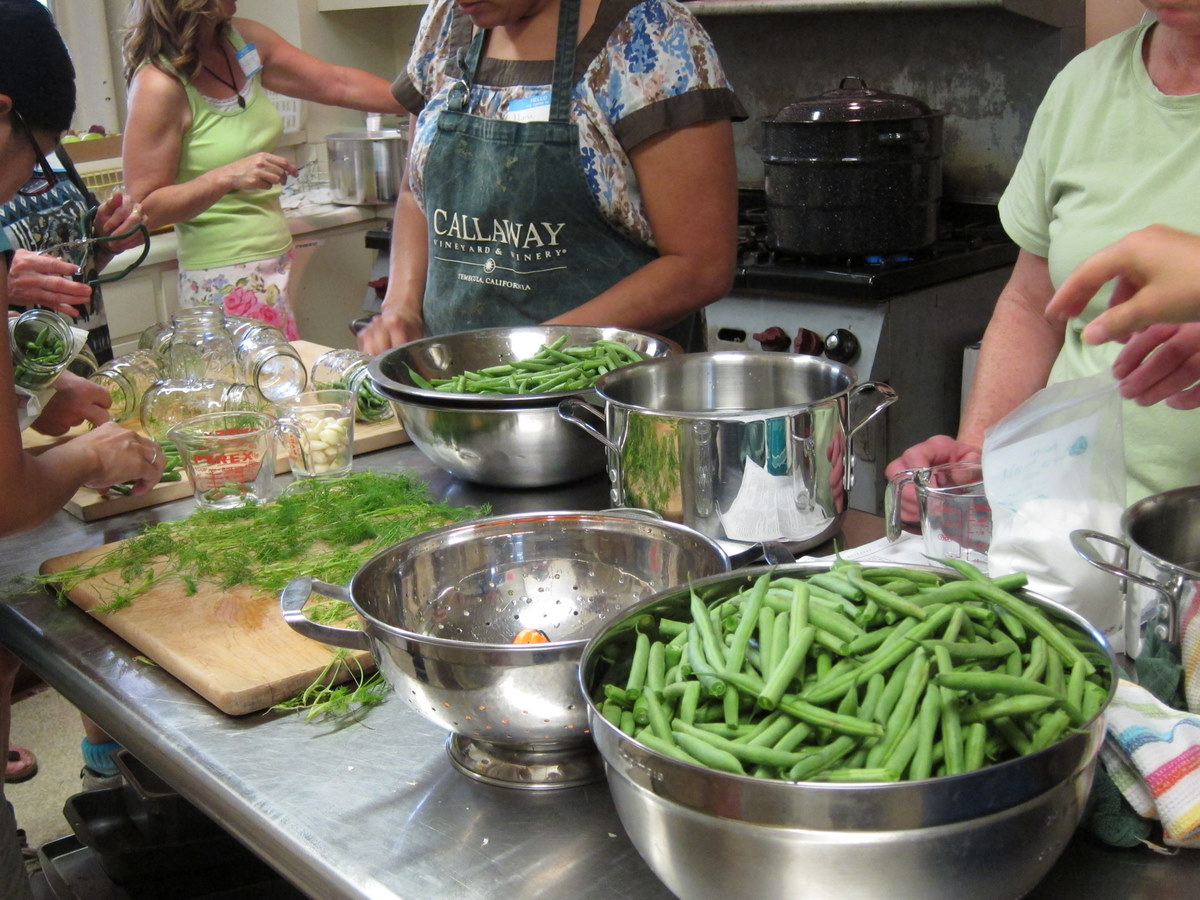
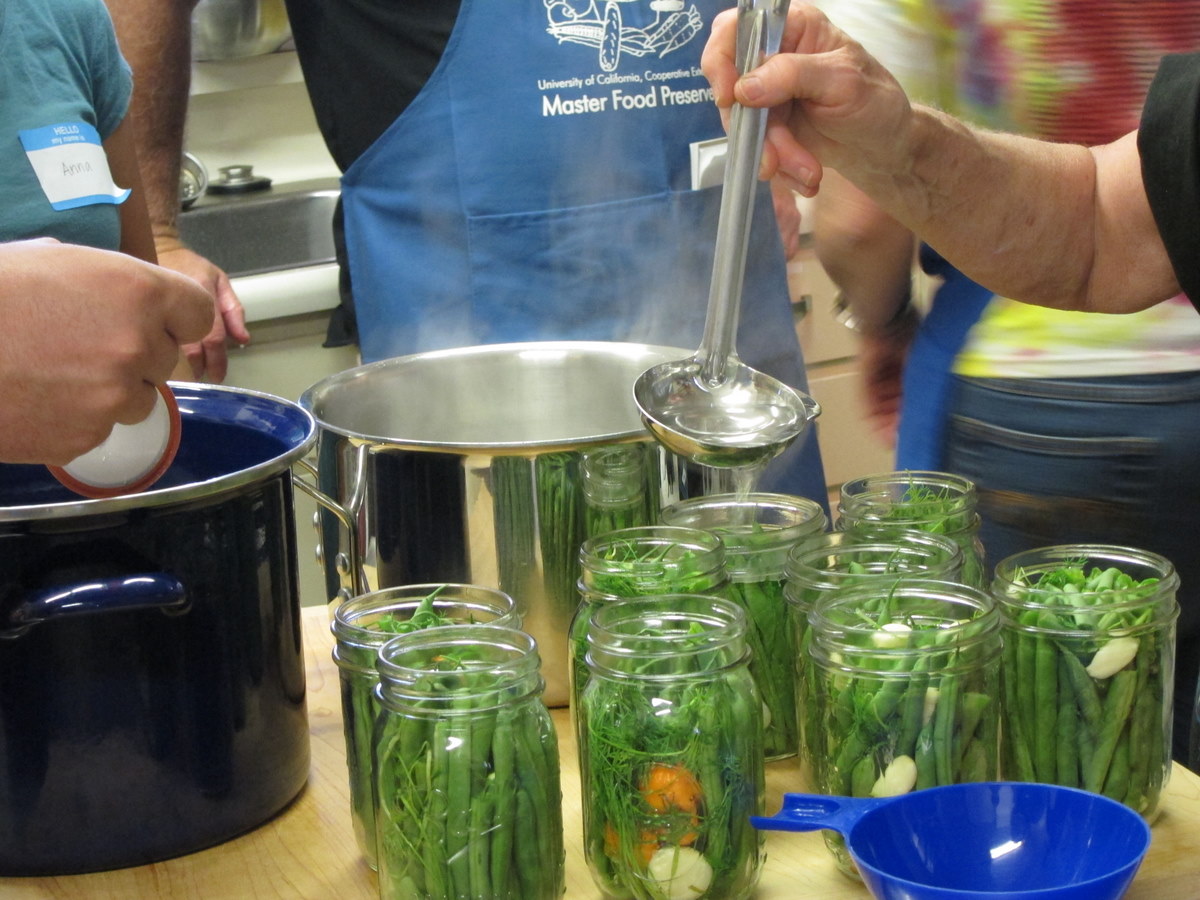
According to our teachers and their program, the most important elements of safe canning are: cleanliness, temperature, acidity, and following the specific recipe to the letter. Good recipes might be specific to the type of pectin (for jam, for instance) or other ingredients you’re using, and includes very specific instructions about processing time (the time the jars spend in the heat as part of the sealing process). Instructions and recipes on the internet are likely not a good source, unless they come from an organization or company you trust (such as: Ball, well-known pectin companies, many university extension services).
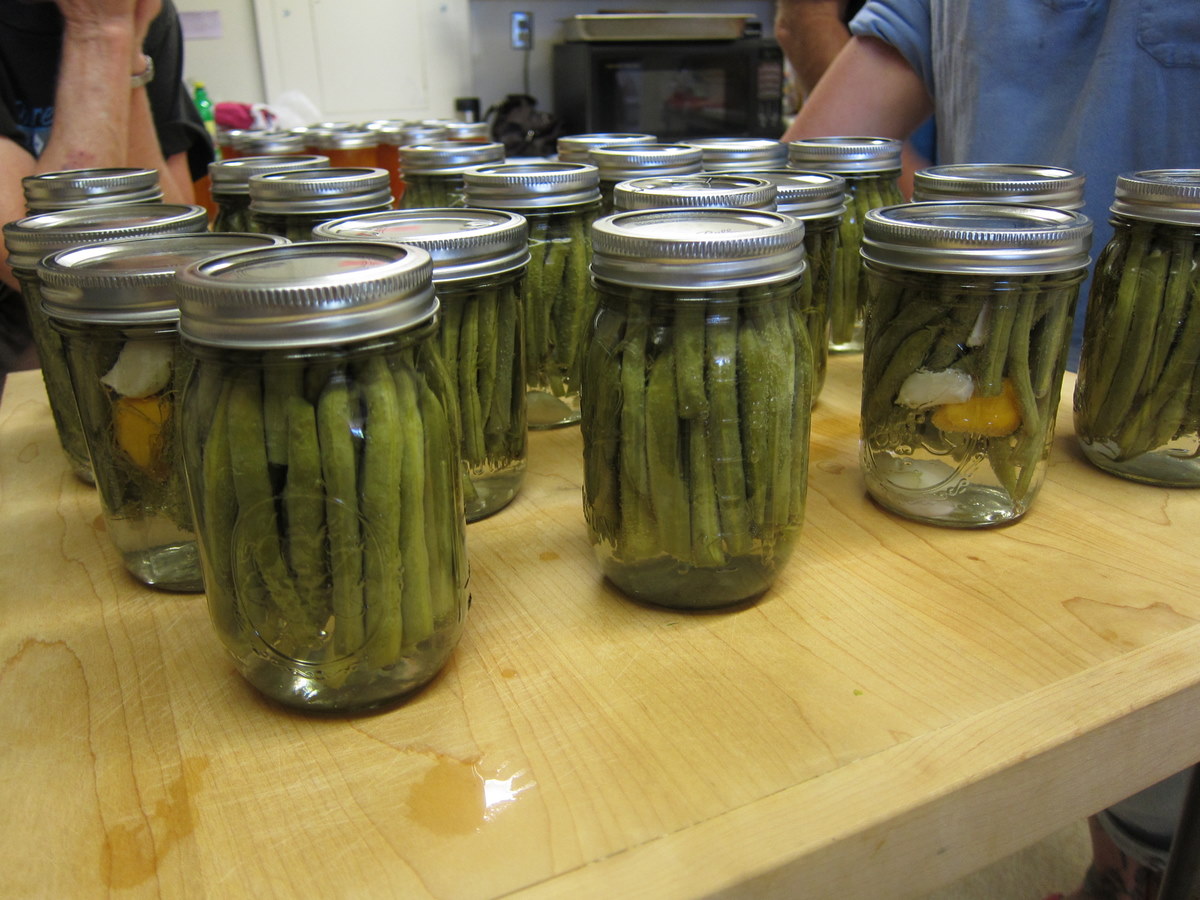
All in all, it was a fantastic workshop and I’m excited to get started with canning something in my own kitchen. Don’t be surprised if the next gift you get from me is jar-shaped.
Another note: If you’re interested in becoming a Master Food Preserver, I suggest you Google it. That’s not just me being unhelpful – there’s not really a comprehensive website about these programs, but if you Google “Master Food Preserver” and your state or city, you’re likely to get any courses that might exist in your area. If you’re in this area, CSU San Bernardino has a program (with an outdated website, but you can call their office number) at http://cesanbernardino.ucdavis.edu/Master_Food_Preservers/.

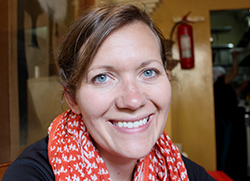



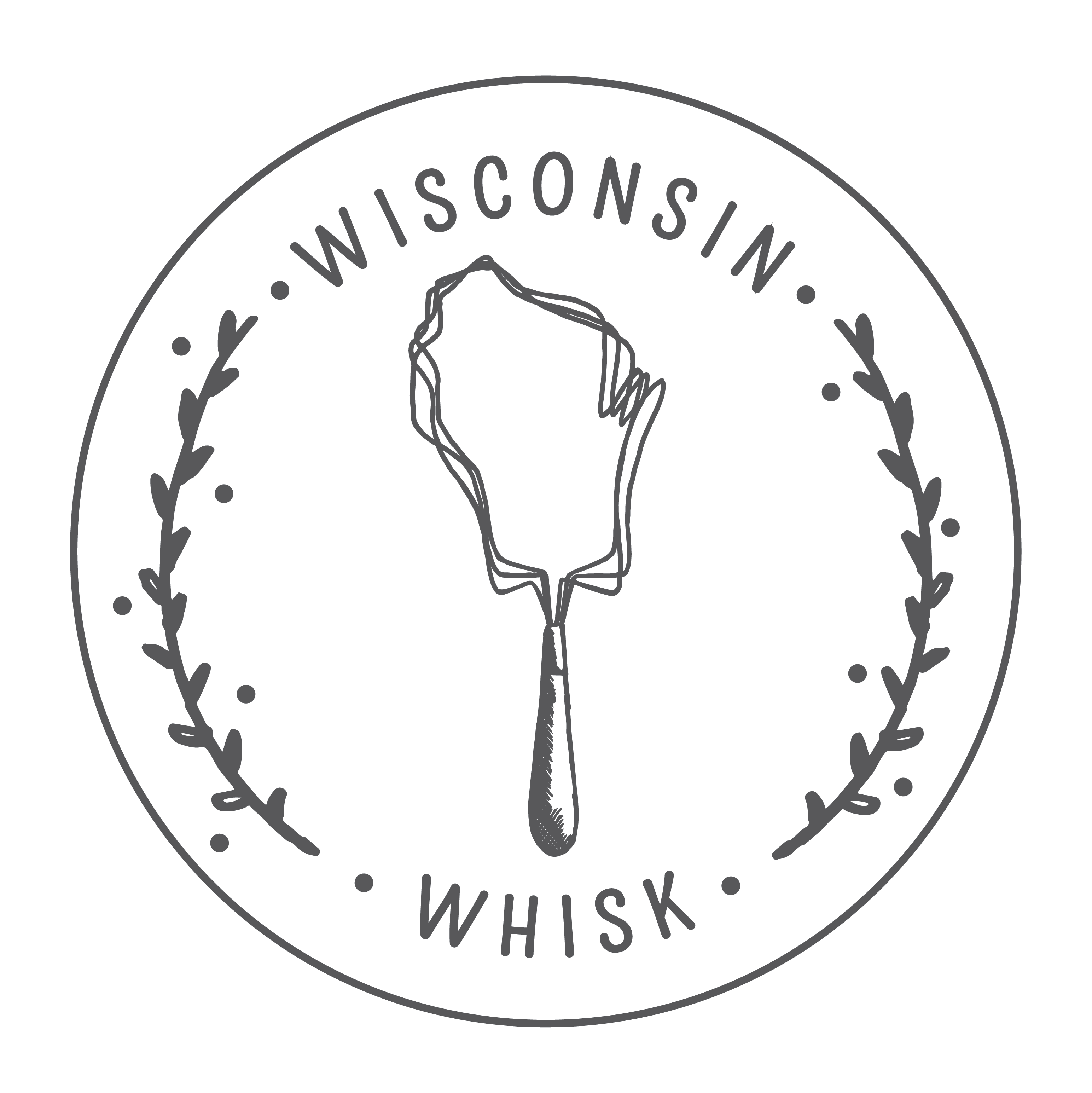



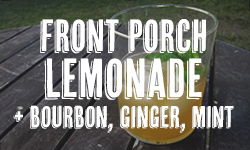
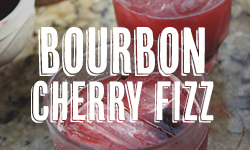
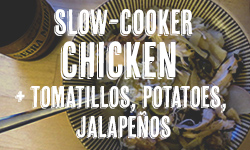
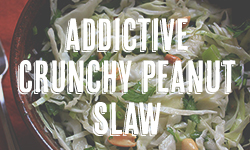
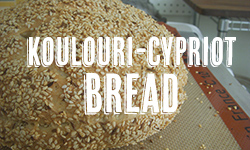
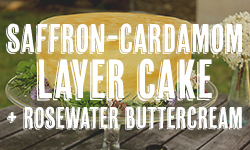
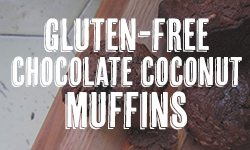
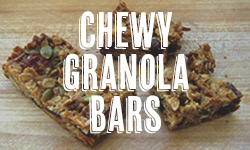
I’ve yet to be brave enough to can…. But I really want to try it sometime soon!
I’m so proud! Canning is so satisfying and so much fun. I love looking at the pretty jars. I just put up some apricot jam last week. It was so easy, I did not even use Certo. Maybe I’ll try pickles again this year. You are so domestic, I love it.